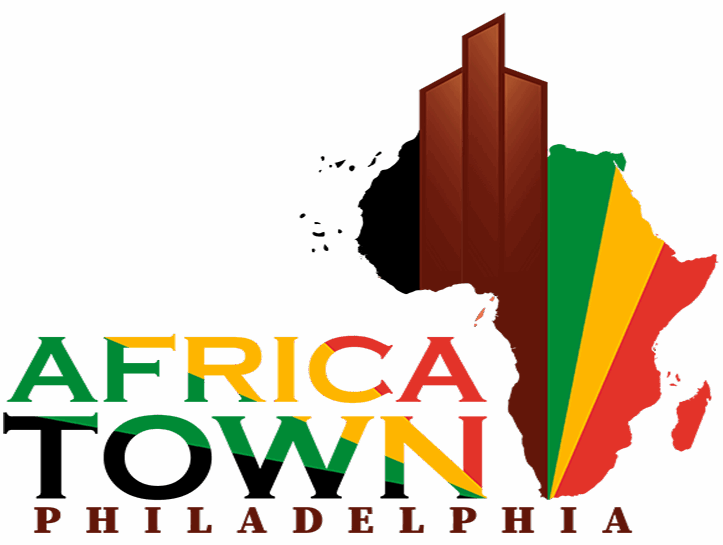central africa
Learn more about the central region
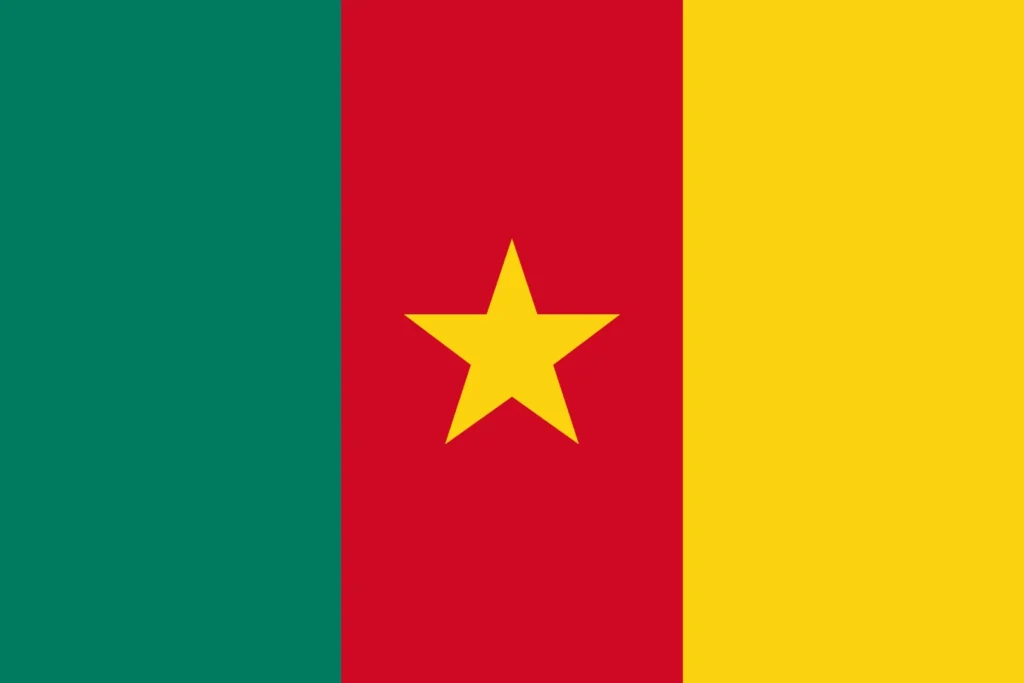
Cameroon
A cultural mosaic of over 250 ethnic groups, Cameroon’s history includes German colonization and subsequent division between France and Britain, resulting in a rich blend of traditions. The country gained independence from France in 1960.
- Population: ~27 million
- Languages: French and English (official); many local languages
- GDP: ~US$40 billion
- Main Products: Oil, cocoa, coffee, timber
- Government: Presidential republic (with federal elements)
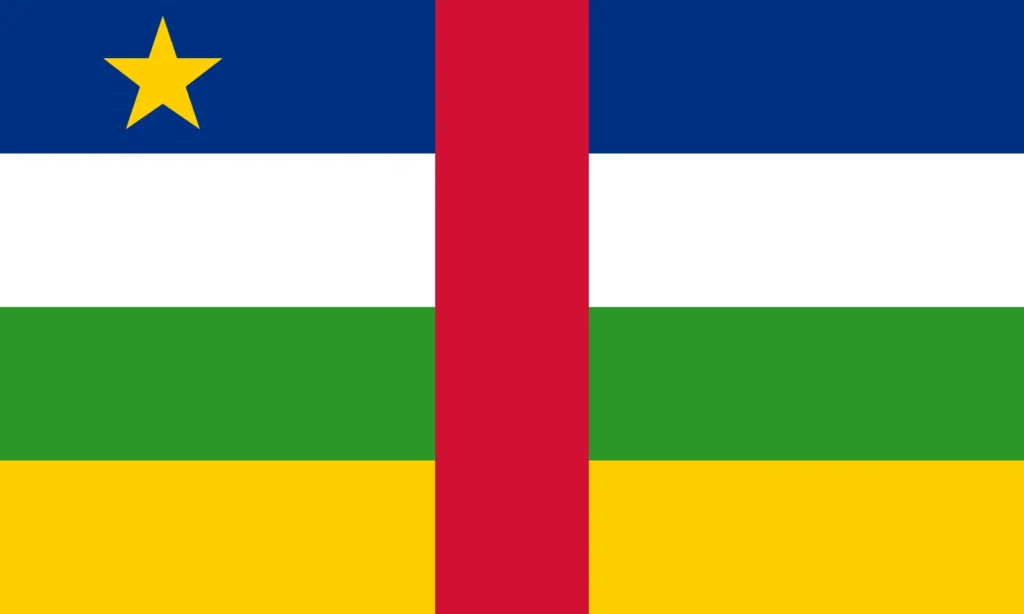
Central African Republic
A former French colony, the Central African Republic achieved independence in 1960. The country has a complex history marked by colonial rule, political instability, and economic challenges. Despite these difficulties, the country possesses significant natural resources and cultural diversity, offering potential for future growth and development.
- Population: ~5.5 million
- Languages: French, Sango and various indigenous.
- GDP: ~US$2.6 billion
- Main Products: Cassava, maize, millet, peanuts, diamonds, gold, timber.
- Government: Semi-presidential republic
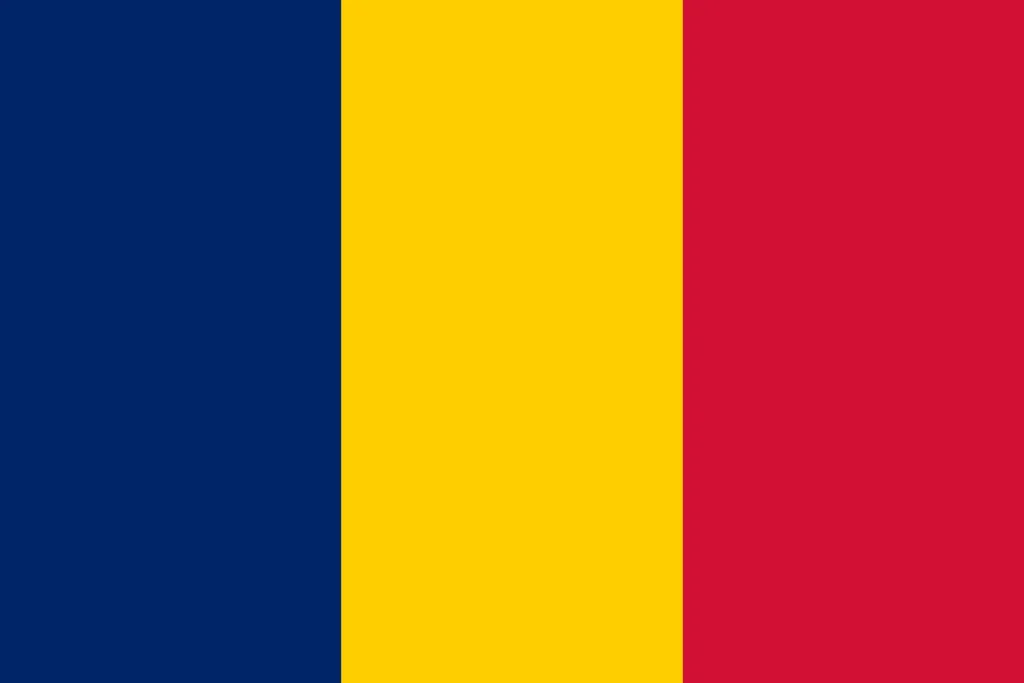
Chad
Chad’s history is marked by resilience and transformation. Chad achieved independence from France in 1960. While challenges remain, the country possesses significant natural resources and cultural diversity, offering potential for future growth and development.
- Population: ~16 million
- Languages: French and Arabic (official); various indigenous tongues
- GDP: ~US$11 billion
- Main Products: Oil, cotton, livestock
- Government: Presidential republic
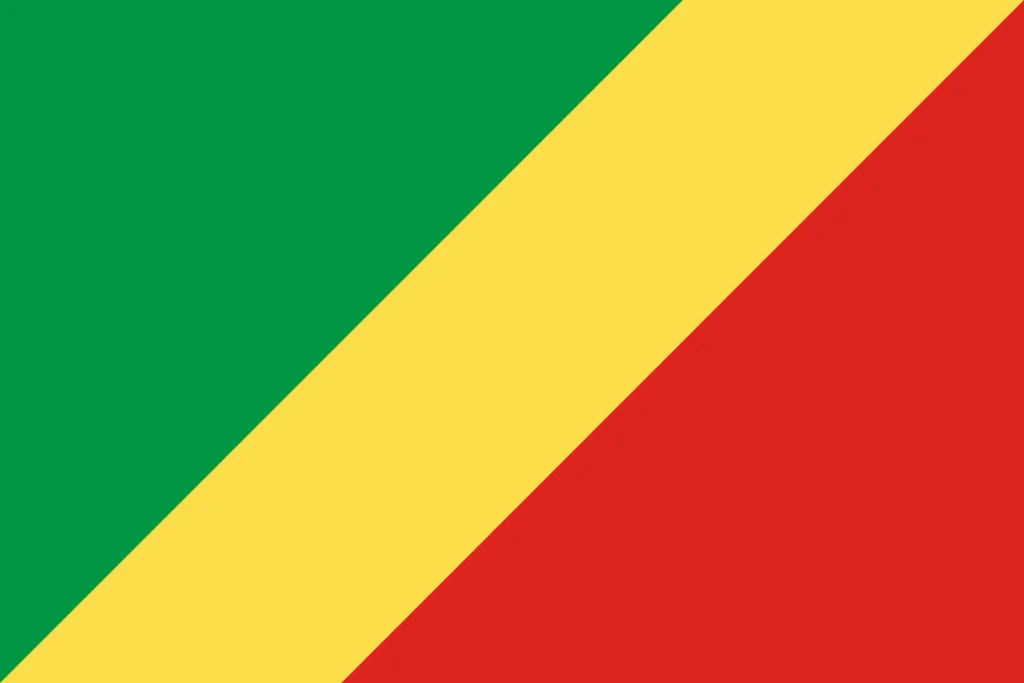
Republic of the Congo
With a legacy shaped by French influence, this nation is celebrated for its lush rainforests and vibrant music scene. Formerly a French colony that gained independence in 1960, it experienced periods of civil unrest amid an oil boom.
- Population: ~5.5 million
- Languages: French (official); Lingala and Kituba
- GDP: ~US$10 billion
- Main Products: Oil, timber, minerals
- Government: Presidential republic
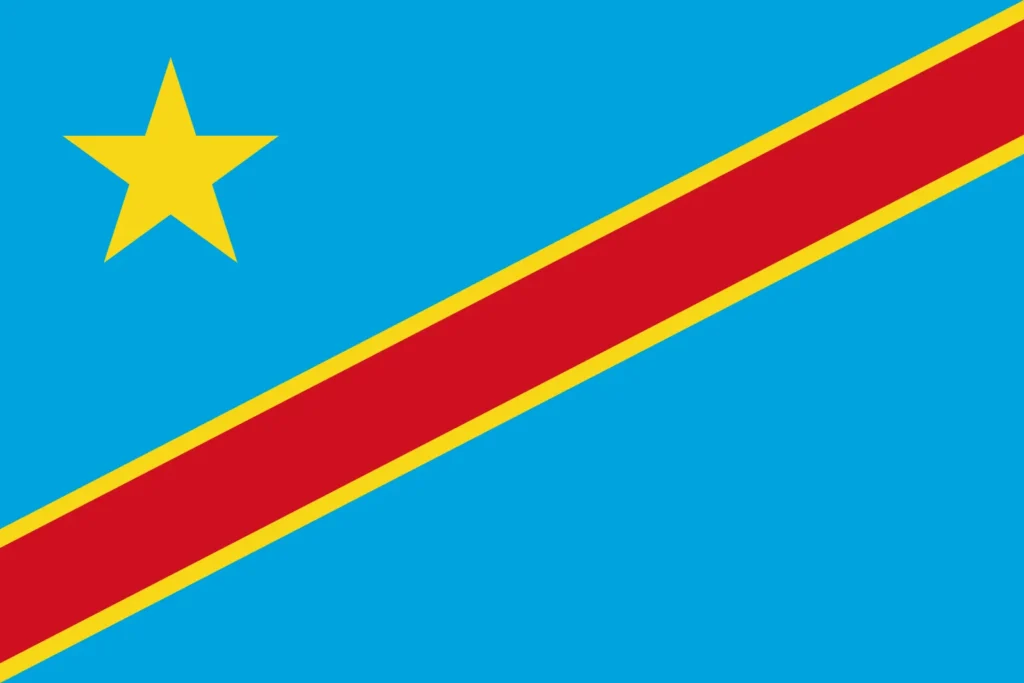
Democratic Republic of the Congo (DRC)
Rich in natural resources and cultural diversity, the DRC became independent from Belgium in 1960. The country has a history marked by colonial exploitation and modern struggles, yet it remains pivotal to the region’s economic landscape.
- Population: ~95 million
- Languages: French (official) alongside Lingala, Swahili, Kikongo, and Tshiluba
- GDP: ~US$50 billion
- Main Products: Minerals (copper, cobalt), petroleum, agricultural products
- Government: Semi-presidential republic

Equatorial Guinea
Equatorial Guinea gained independence from Spain in 1968. Despite its relatively small size, the discovery and exploitation of oil and gas have had a huge influence on its economy.
- Population: ~1.4 million
- Languages: Spanish (official), with French and Portuguese also recognized
- GDP: ~US$12 billion
- Main Products: Oil, gas, timber
- Government: Presidential republic with authoritarian traits
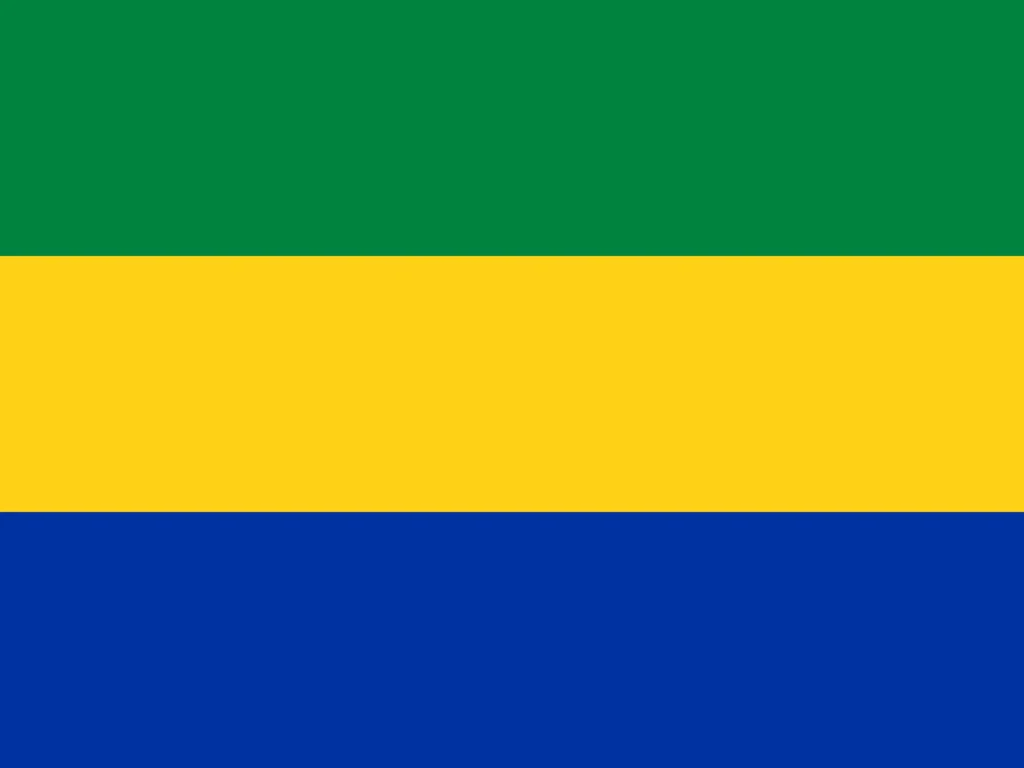
Gabon
Gabon, part of Central Africa’s resource-rich belt, was a French colony until 1960. It has since leveraged its oil reserves and natural wealth as pillars of its economy.
- Population: ~2.2 million
- Languages: French (official) and local languages
- GDP: ~US$14 billion
- Main Products: Oil, timber, manganese
- Government: Presidential republic

São Tomé and Príncipe
small island nation in the Gulf of Guinea was a Portuguese colony until 1975. Its economy has traditionally depended on cocoa production, with tourism emerging in recent years.
- Population: ~0.2 million
- Languages: Portuguese (official)
- GDP: ~US$0.4 billion
- Main Products: Cocoa, coffee, and tourism
- Government: Semi-presidential republic
